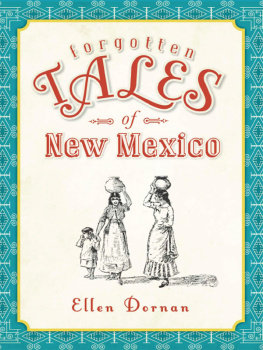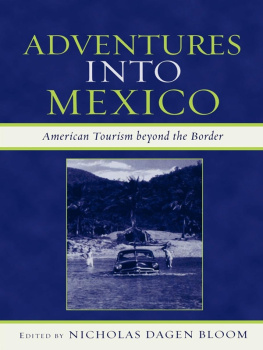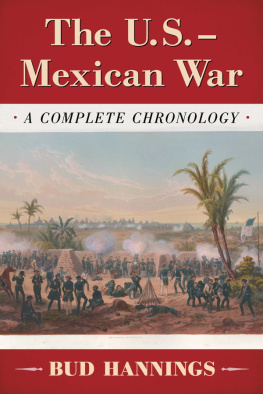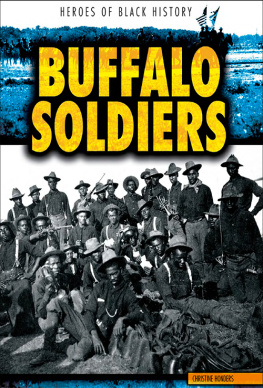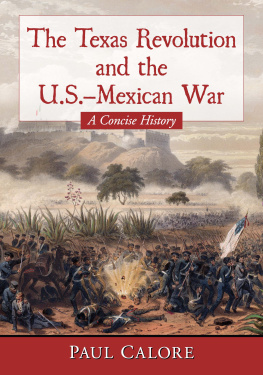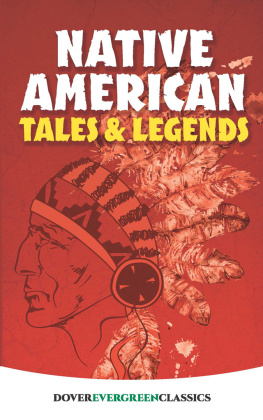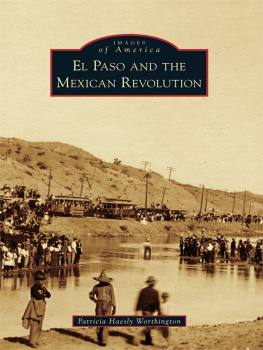


Published by The History Press
Charleston, SC 29403
www.historypress.net
Copyright 2012 by Ellen Dornan
All rights reserved
First published 2012
e-book edition 2012
Manufactured in the United States
ISBN 978.1.61423.834.8
Library of Congress Cataloging-in-Publication Data
Dornan, Ellen.
Forgotten tales of New Mexico / Ellen Dornan.
p. cm.
print edition ISBN 978-1-60949-485-8
1. New Mexico--History--Anecdotes. 2. New Mexico--Biography--Anecdotes. 3. New Mexico--Social life and customs--Anecdotes. I. Title.
F796.6.D67 2012
978.9--dc23
2011049605
Notice: The information in this book is true and complete to the best of our knowledge. It is offered without guarantee on the part of the author or The History Press. The author and The History Press disclaim all liability in connection with the use of this book.
All rights reserved. No part of this book may be reproduced or transmitted in any form whatsoever without prior written permission from the publisher except in the case of brief quotations embodied in critical articles and reviews.

CONTENTS

PREFACE
For as long as I can remember, I have loved the oddities of history. As a child, I seemed to have a limitless capacity for trivia about Napoleon spritzing perfume on his horse or Cleopatra eating onions. As I grew older, I found I also enjoyed puzzling out historical ambiguities, where different parties had radically different interpretations of the same events. How lucky I was to find a home in New Mexico!
New Mexicos history is full of bumbling misadventures, stubborn misunderstandings, rebellious yet upright citizens, conniving politicians and mystical visionaries. Far from being cartoonish caricatures, the central (and secondary) figures of New Mexico carry deeper layers of meaning, in part due to the varied perspectives that inform each event. Were certain historical women healers or witches? Was it patriotic or foolish to resist the Americans? Are the Texans more fearsome or are the French? Depending on who answers, you will find an affirmative for each query.
New Mexico itself has been a fluid idea over the centuries. New Mexico has been a kingdom, a province, a department, a U.S. territory, a Confederate territory and a state. New Mexico has been a northern frontier and a southern border. Depending on the cartographer, New Mexico has encompassed the Arctic, the Pacific Coast, Kansas, Colorado and Arizona. No matter how big it got in theory, permanent settlement was concentrated for centuries in a fairly small area.
This collection includes stories I have read and relished over years of studying and interpreting New Mexico and western history. Each story surprised and delighted me when I first learned it, but in the course of researching this book, I was once again surprised by how hotly contested every New Mexico story is and how complex each story becomes when more than one perspective is taken into account.
Some of these stories have been forgotten because they were transmitted orally. Some stories were not so much forgotten as classified until the end of the Cold War. Others are dismissed by many for being apocryphal but still find plenty of faithful adherents. Still others came to light by combing through old marriage records and the records of the Inquisition, a rich source for early gossip.
There are some Navajo and Spanish words used in this book, so if there is an italicized word you dont understand, please refer to the glossary at the end of the book.
I hope I have done the stories, the people and the places in New Mexico justice with this collection. I offer many thanks to the amazing ninja librarians at UNMs Center for Southwest Research for their endless patience and enthusiasm for historical research. Thanks also to my late teacher, Helen Wagner, who failed me in sixth-grade English and then made me promise to dedicate my first book to her.
Part I
DOMESTIC STRIFE

MURDER OF MARA MARTN BARBA
The short and tragic life of Mara Martn offers a glimpse of how dangerous life could be for the women among Don Juan de Oates colonists. Mara Martn Serrano was born about 1580 in the mining town of Zacatecas, Mexico. Typically for that time, her parents married her off at the age of twelve, to a distant relative named Alonso Martn Barba. When she was sixteen years old, her husband and father both made the choice to move to New Mexico. The teenager made the long and dangerous journey with her husband and two young daughters. Her father and brothers moved to Santa Cruz at first and then parted ways. Her father made a home in the new presidio of Santa Fe, where he fathered a mixed-blood son. Her brother established an estancia on the road to Picuris.
Instead of staying in Santa Cruz, or even the defensive outpost of Santa Fe, with the majority of the colonists, Alonso moved his young wife and their small children near the pueblo of Chll, perhaps encouraged by the government to help protect the frontier. Even today, Chll feels like the middle of nowhere, but in 1607, when Mara was preparing her daughters weddings, it must have felt like the end of the earth. Slowly, the family settled in and built up a small farm. After a few years, missions were established in the area, which must have been a comfort to Mara; when her third daughter married, she would have been able to marry in the Chll mission church.
Even with the mission, Maras life must have been isolated. She shared neither a language nor a culture with the Pueblo women, and the duties of a farm wife would have kept her close to their rancho. There is some evidence that the Martn Barbas, like many New Mexican colonists in the early days, had some Native American slaves, but even so, she was not free to travel.
As a man, Alonso Martn Barba did have the freedom to traveland wander he did, right into the arms of Mara Bernal, the daughter of Greek immigrant Jos Griegos. Mara Bernal was probably the wife of Juan Duran de la Cruz, a somewhat swarthy, beardless and tall rancher. Seor Duran de la Cruz must have been out with his animals too much because the affair got hot enough that Mara Bernal decided to do away with the other Mara, her lovers wife.
The details of how it happened are lost to history, but we do know that Alonsos mistress Mara successfully killed his wife Mara by poisoning her around 1610. Whether Alonso had a hand in the murder is debatable. Rather than getting his wife out of his way so he could marry his mistress, Alonso did not marry Mara Bernal when his wife died. Instead, within the year, he married a twenty-four-year-old woman named Francisca de Herrera Abrego, and they had five children together. Perhaps he washed his hands of his murderous mistress, but he also didnt press charges against her.
Oddly enough, Mara Martns family did not try to avenge her death, either. In fact, her half brother, Hernn, ended up marrying the widow Mara Catalina (Griegos) Bernal, almost certainly the same woman, and had two children by her. They maintained a home in Santa Fe but also seem to have lived not far south of the Martn Barbas, clearly maintaining family ties. Hernn does not seem to have stayed married to her long because the marriage records note that Hernn Martn Serrano married Mara de Madrid shortly after the birth of his second child with Mara Bernal. Perhaps Mara died from complications in childbirth, leaving Hernn with the babies.
Next page
